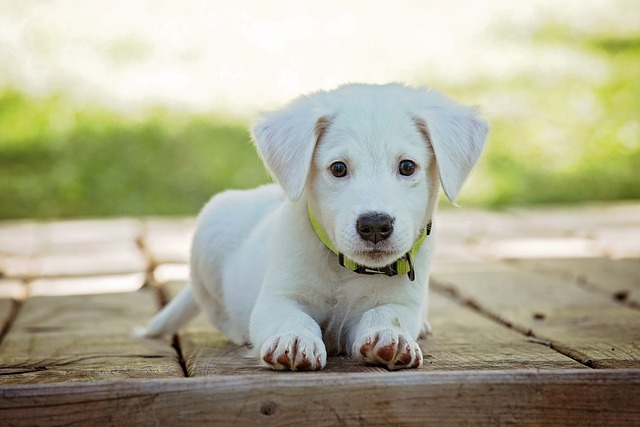Unveiling the mysterious realm of canine slumber, this article explores the enigmatic connection between dogs and dreams. Could wet dreams be a part of their nocturnal adventures? Join us on this intriguing journey!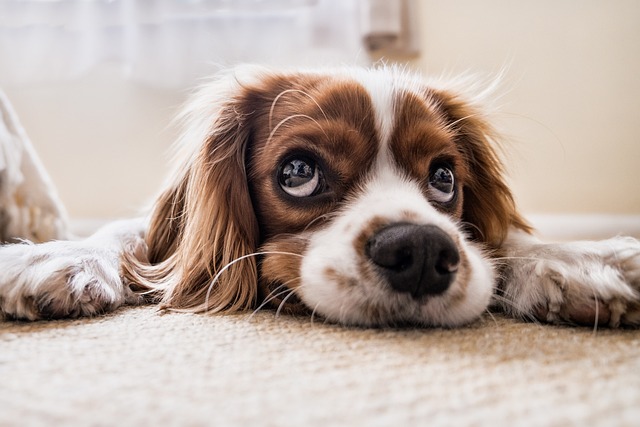
Dogs and Dreams: Can They Have Wet Dreams?
Have you ever wondered if dogs can have wet dreams? It’s an interesting topic that sparks curiosity among many pet owners. While our canine companions often have vivid dreams, similar to humans, the occurrence of wet dreams is a bit more complicated.
Wet dreams, also known as nocturnal emissions, are natural experiences for human males during their puberty and adult stages. They typically involve sexual arousal during sleep, resulting in ejaculation. Although dogs may experience dreams related to mating or sexual activities, there is limited scientific evidence to suggest that they can have wet dreams in the same way humans do.
Research indicates that dogs may have involuntary muscle contractions during deep sleep, which can sometimes lead to a release of fluid. However, this fluid is often urine or a result of slight bladder leakage, rather than a true wet dream. It’s essential to consult with a veterinarian if you are concerned about your dog’s health or notice any unusual happenings during their sleep.
In conclusion, while dogs can dream and even exhibit physical reactions during their dreams, the concept of wet dreams as experienced by humans does not appear to apply to our furry friends. Understanding and appreciating the uniqueness of our pets’ sleeping experiences can help us provide the best care and support for them.
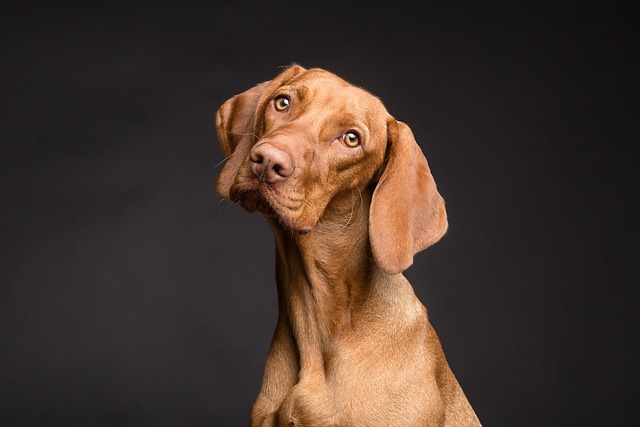
A Fascinating Look into Canine Sleep Patterns and Dreams
When it comes to sleep patterns and dreams, dogs have always intrigued us. We often wonder what goes on in their minds while they slumber. But today, our curious minds shift toward a more specific question: Can dogs have wet dreams?
To find the answer, we delve into the fascinating world of canine sleep. Just like humans, dogs experience different sleep stages, including REM (rapid eye movement) sleep, which is associated with dreaming. During REM sleep, their brains become highly active, and their bodies may exhibit random twitches or leg movements.
It’s important to note that dogs can indeed have vivid dreams, but as for wet dreams, it’s a different story. Unlike humans, dogs do not experience nocturnal emissions or ejaculation during their sleep. So rest assured, your furry friend’s slumber is unlikely to be interrupted by such physiological events.
This peculiar fact doesn’t diminish the intrigue surrounding canine dreams, though. Researchers suggest that dogs may dream about their daily routines, such as chasing balls, or even replay past events in their minds. So, next time you see your pup twitching during sleep, remember they might be lost in a thrilling imaginary world of their own!

Understanding the Biological Factors that Influence Dog Dreams
Have you ever wondered if dogs can have wet dreams? While it may sound intriguing, the truth is a bit more complex than you might think. Dreams are a fascinating aspect of the canine mind, and studying the biological factors that influence them can provide insight into our furry friends’ inner world.
The Sleep Cycle: Before delving into the specifics of dog dreams, it’s important to understand their sleep cycle. Dogs experience both REM (rapid eye movement) and non-REM sleep, just like humans. During REM sleep, a dog’s brain activity increases, and this is when dreams are most likely to occur. However, what exactly they dream about remains a mystery.
Influence of Hormones: Hormones play a crucial role in influencing dog dreams. Just like humans, the level of testosterone affects the frequency and intensity of dreams in male dogs. This means that, yes, male dogs can indeed have “wet dreams” as a result of their hormone levels. On the other hand, female dogs experience hormonal fluctuations during heat cycles, which may also influence the content of their dreams.
Impact of Past Experiences: Dogs’ dreams can also be influenced by their past experiences. Research suggests that dogs often dream about familiar activities or events that have left a lasting impression on them. For example, a dog that loves chasing balls may dream about playing fetch or reliving their favorite game. Similarly, dogs that have experienced trauma or abuse may have nightmares associated with their past.
Understanding the biological factors that shape dog dreams allows us to delve deeper into the mysterious world of their minds. While we may never fully comprehend the content of their dreams, it’s fascinating to appreciate the complexities of their sleep patterns and the influence of hormones and past experiences on their nocturnal adventures.
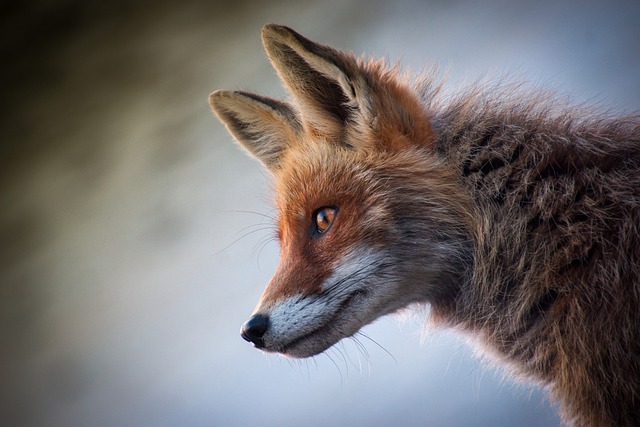
Exploring the Potential Existence of Wet Dreams in Canines
Dogs and dreams have always fascinated us, but have you ever wondered if our furry friends can have wet dreams? It’s a subject that may not have crossed your mind before, but it’s an interesting aspect to explore. While there is limited scientific research on this topic, let’s delve into what we know so far.
The facts:
- Dogs, like humans, experience REM (Rapid Eye Movement) sleep, which is commonly associated with dreaming.
- During REM sleep, dogs may exhibit physical reactions, such as twitching or paddling their paws, similar to humans manifesting their dreams.
- Wet dreams, also known as nocturnal emissions, occur due to increased blood flow to the reproductive organs during dreaming, leading to ejaculation in males or vaginal secretions in females.
What experts think:
While there are no conclusive studies proving dogs have wet dreams, some experts believe it is possible. They suggest that if dogs experience hormonal changes, especially during the peak of their sexual maturity, it could increase the likelihood of wet dreams occurring.
Conclusion:
While it remains a topic of speculation, it is conceivable that dogs may indeed experience wet dreams. However, without scientific evidence or further research, we can only marvel at the mysterious world of canine dreams and the intriguing possibilities it holds.

Unraveling the Science Behind Sexual Dreams in Dogs
Sexual dreams in dogs have long been a fascinating yet mysterious topic among pet owners. Many wonder if our furry companions experience the same curious dreams as humans do. So, let’s plunge into the realm of dog dreams and explore whether man’s best friend can indeed have wet dreams.
While there isn’t concrete scientific evidence to support the notion of dogs having wet dreams, there are some interesting observations that indicate they might. Dogs, like humans, go through different sleep stages, including Rapid Eye Movement (REM) sleep. During REM sleep, dogs demonstrate various behaviors, like twitching, paw movement, and even vocalizations, suggesting that they might be dreaming about something.
When it comes to the specific topic of sexual dreams, it’s important to note that dogs are driven by instinct, and their dreams might correspond to those instincts. Male dogs, for instance, tend to experience increased blood flow to their genitalia during REM sleep, which could potentially lead to ejaculation, much like what humans refer to as a wet dream. Similarly, female dogs might engage in mating behaviors during their dreams.
It’s important to remember that sexual dreams in dogs, if they do occur, are entirely natural and part of their instinctual makeup. So, let’s marvel at the mysterious world of dog dreams and appreciate the fascinating parallels our beloved pets share with us.

Examining the Implications of Wet Dreams on Canine Health and Well-being
Have you ever wondered if dogs can have wet dreams? Well, it turns out that canine reproductive biology is quite fascinating. These nocturnal emissions, commonly known as wet dreams, are a natural occurrence in many mammalian species, including dogs. While the topic may seem unusual, can provide valuable insights into their reproductive physiology.
1. Hormonal Balance: Wet dreams in dogs are often associated with changes in hormone levels, particularly testosterone. These episodes typically occur during the onset of sexual maturity, when the hormone levels in male dogs fluctuate. Understanding the relationship between wet dreams and hormonal balance can help veterinarians tailor appropriate healthcare interventions to support a dog’s overall reproductive health.
2. Reproductive Readiness: Wet dreams can indicate that a male dog has reached reproductive readiness. Just like humans, dogs have a natural instinct for procreation. By monitoring and analyzing the occurrence of wet dreams, breeders and owners can gain valuable insights into when a male dog is physically ready for breeding. This information can greatly contribute to responsible breeding practices and ensure the well-being of both the male and female dogs involved.
3. Behavioral Considerations: also extends to behavioral aspects. These dreams may influence a dog’s behavior, particularly their level of aggression, territoriality, and interaction with other dogs. Understanding how wet dreams affect a dog’s behavior can aid in managing their socialization and training, ensuring a harmonious coexistence with their human and canine counterparts.
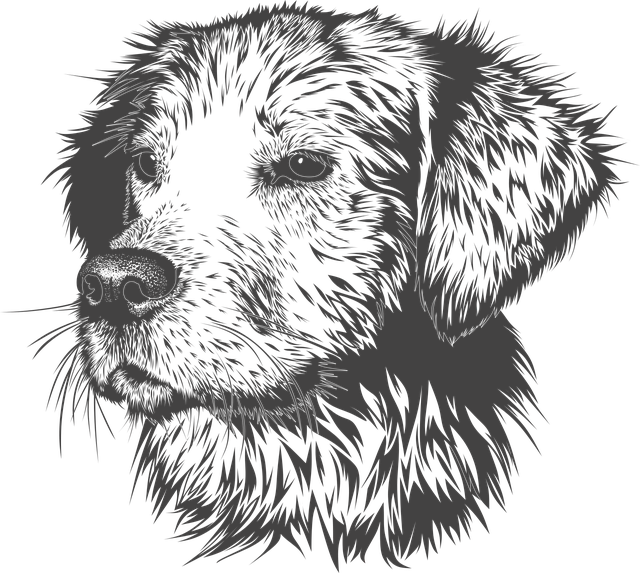
Dispelling Myths and Misconceptions About Dogs’ Wet Dreams
Dogs and Dreams: Can They Have Wet Dreams?
When it comes to the mysterious world of dog dreams, there are many misconceptions floating around. One such myth is whether dogs can have wet dreams, just like humans. Let’s dive deep into this subject and dispel the misconceptions once and for all.
The truth about dog’s dreams:
- They do dream: Dogs, like humans, experience REM (Rapid Eye Movement) sleep, a stage associated with dreaming. During REM sleep, their brains are highly active, and they often exhibit twitching, running, and vocalizing, indicating their dreamlike state.
- But what about wet dreams? While dogs are capable of having dreams, there is no scientific evidence to suggest that they experience wet dreams, as humans do. Wet dreams usually occur due to sexual arousal during sleep, and it seems that dogs, despite their reproductive instincts, do not encounter this phenomenon in their dream world.
- Understanding reproductive behaviors: To fully comprehend dogs’ reproductive behaviors, it’s crucial to differentiate between their dream world and reality. While their dreams might involve scenarios related to mating or other instincts, it does not necessarily imply the presence of wet dreams. Dogs’ actual sexual behavior is driven by hormonal changes, external stimuli, and their overall health, rather than their dreams alone.
So, the next time you notice your furry friend running or wagging their tail in their slumber, remember they are likely experiencing their own enchanting dream world. While they may not have wet dreams like humans, their dream adventures are undoubtedly fascinating and unique in their own right.

Guiding Dog Owners: How to Respond and Support Dogs’ Dream Experiences
While dreams are a fascinating and mysterious aspect of human psychology, have you ever wondered if dogs can experience dream-like states as well? It’s a question that has perplexed pet owners and researchers alike. When it comes to whether dogs can have wet dreams, the answer is not so straightforward.
Similar to humans, dogs go through different sleep stages, including rapid eye movement (REM) sleep, where dreams occur. During REM sleep, dogs may twitch, whimper, and make involuntary movements, suggesting that they might be visualizing something in their sleep. Just like how humans can have fantasies or dreams with sexual undertones, it’s possible that dogs also have dream experiences related to reproductive instincts.
Although it’s natural to be curious about your canine companion’s dream experiences, it’s important to approach the topic with sensitivity and support. Here are a few ways you can respond and assist your furry friend during these dream-like moments:
– Provide a comfortable sleeping environment: Ensure that your dog has a cozy and safe spot to sleep in, allowing them to peacefully enter dreamland.
- Offer soft and calming background sounds: Gentle music or soothing ambient noises can help create a relaxing atmosphere for your dog to drift off into dreams.
– Avoid waking them abruptly: Just like humans, dogs need uninterrupted sleep to cycle through various sleep stages. Avoid disturbing them during REM sleep, as it can be disorienting and potentially lead to anxiety.
Remember, while the topic of canine dreams and wet dreams may be intriguing, maintaining a comforting and supportive environment for your dog’s overall well-being should always be the top priority. Intriguingly, while dogs exhibit dream-like behaviors during sleep, the concept of wet dreams remains unexplored. Further research is necessary to unravel this dreamy mystery. Remember, our furry companions never cease to amaze us! #DogDreams
